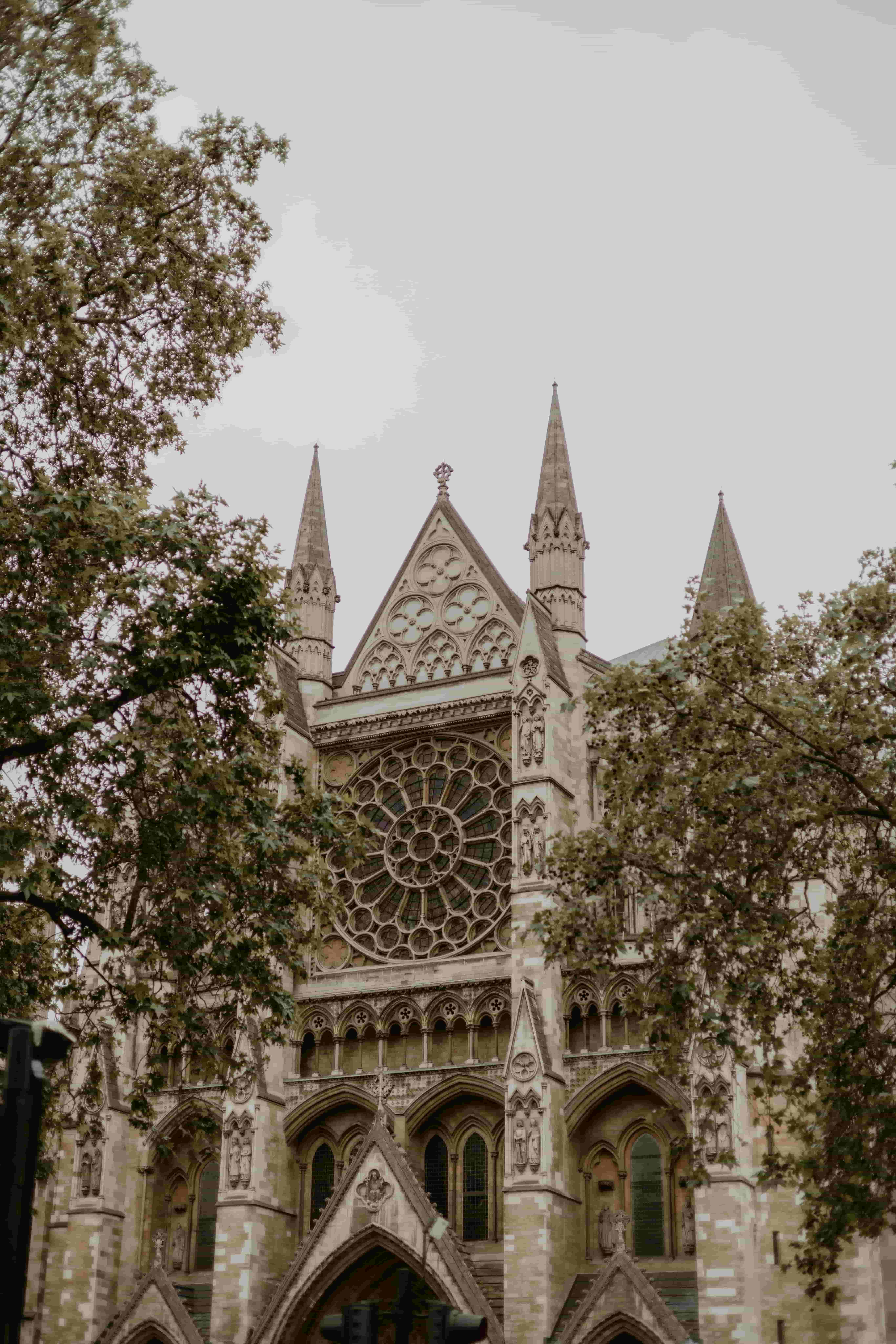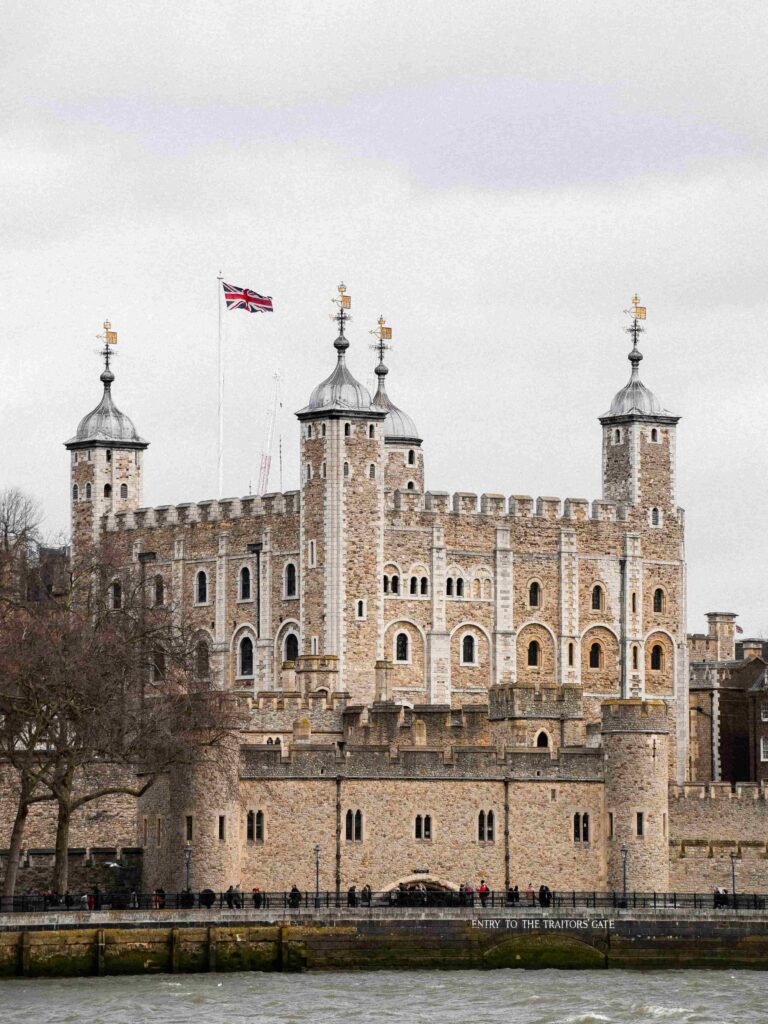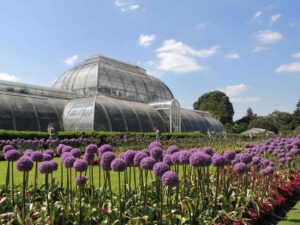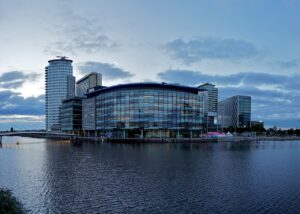Steeped in history and shrouded in legend, the Tower of London and Westminster Abbey stand as enduring symbols of Gothic grandeur and royal power in the heart of London, England. From the imposing fortress walls of the Tower to the majestic spires of Westminster Abbey, these iconic landmarks have witnessed centuries of royal ceremonies, political intrigue, and historic events. In this article, we’ll delve into the rich history and architectural splendor of the Tower of London and Westminster Abbey, exploring the secrets and stories that lie within their ancient walls.

Chapter 1: The Tower of London: Fortress and Palace
Perched on the banks of the River Thames, the Tower of London is a formidable fortress that has served as a royal residence, a prison, and a treasury throughout its long and storied history. Built by William the Conqueror in the 11th century, the Tower has stood witness to some of the most pivotal moments in British history, from the imprisonment and execution of monarchs and nobles to the protection of the Crown Jewels during times of war and upheaval. Today, visitors to the Tower can explore its historic buildings and exhibitions, including the White Tower, the Crown Jewels, and the infamous Tower Ravens, while learning about its role in shaping the course of British history.
Chapter 2: Discovering the Crown Jewels
One of the highlights of any visit to the Tower of London is the chance to view the Crown Jewels, a dazzling collection of royal regalia that includes crowns, scepters, and ceremonial swords dating back centuries. Housed in the Jewel House within the Tower complex, the Crown Jewels are a testament to the wealth and power of the British monarchy, with each piece meticulously crafted and adorned with precious gemstones and metals. Visitors can marvel at the sparkling jewels up close, learning about their history and significance as symbols of royal authority and tradition.
Chapter 3: Westminster Abbey: A Royal Mausoleum and Coronation Site
Just a short distance from the Tower of London lies Westminster Abbey, a magnificent Gothic church that has played a central role in the religious and political life of England for over a thousand years. Founded by Edward the Confessor in the 11th century, Westminster Abbey has served as the site of coronations, royal weddings, and state funerals for generations of monarchs, making it one of the most important and revered churches in the country. Visitors to Westminster Abbey can explore its awe-inspiring interior, which is adorned with intricate stained glass windows, elaborate stone carvings, and the tombs and memorials of kings, queens, and other historical figures.
Chapter 4: Poets’ Corner and the Abbey’s Literary Legacy
One of the most famous features of Westminster Abbey is Poets’ Corner, a section of the church that serves as a memorial to some of Britain’s greatest literary figures. From Geoffrey Chaucer and William Shakespeare to Charles Dickens and Jane Austen, Poets’ Corner is the final resting place of many of England’s most beloved writers and poets, with commemorative plaques and monuments honoring their contributions to literature and the arts. Visitors to Westminster Abbey can pay their respects to these literary giants, reflecting on the enduring legacy of their works and the profound impact they have had on the world of literature.
Chapter 5: The Abbey’s Living Legacy: Services and Ceremonies
While Westminster Abbey is steeped in history and tradition, it remains a living, working church that continues to play a central role in the religious and cultural life of London. Each day, the Abbey hosts a variety of services, including daily worship, choral evensong, and special ceremonies such as the annual Commonwealth Day service and the Service of Remembrance on Armistice Day. Visitors are welcome to attend these services and ceremonies, experiencing firsthand the timeless beauty and spiritual significance of Westminster Abbey as a place of prayer, reflection, and celebration.
Conclusion:

The Tower of London and Westminster Abbey are not just historic landmarks – they are living testaments to the rich and diverse tapestry of British history and culture. From the fortress walls of the Tower to the soaring spires of Westminster Abbey, these iconic landmarks invite visitors to step back in time and immerse themselves in the grandeur and majesty of Gothic architecture and royal heritage. Whether you’re marveling at the Crown Jewels in the Jewel House or paying your respects at Poets’ Corner in Westminster Abbey, a visit to these historic sites is sure to leave a lasting impression and ignite a sense of wonder and reverence for the centuries of history and tradition they embody.



